Altered Reality: Selections from the Frederick R. Weisman Art Foundation
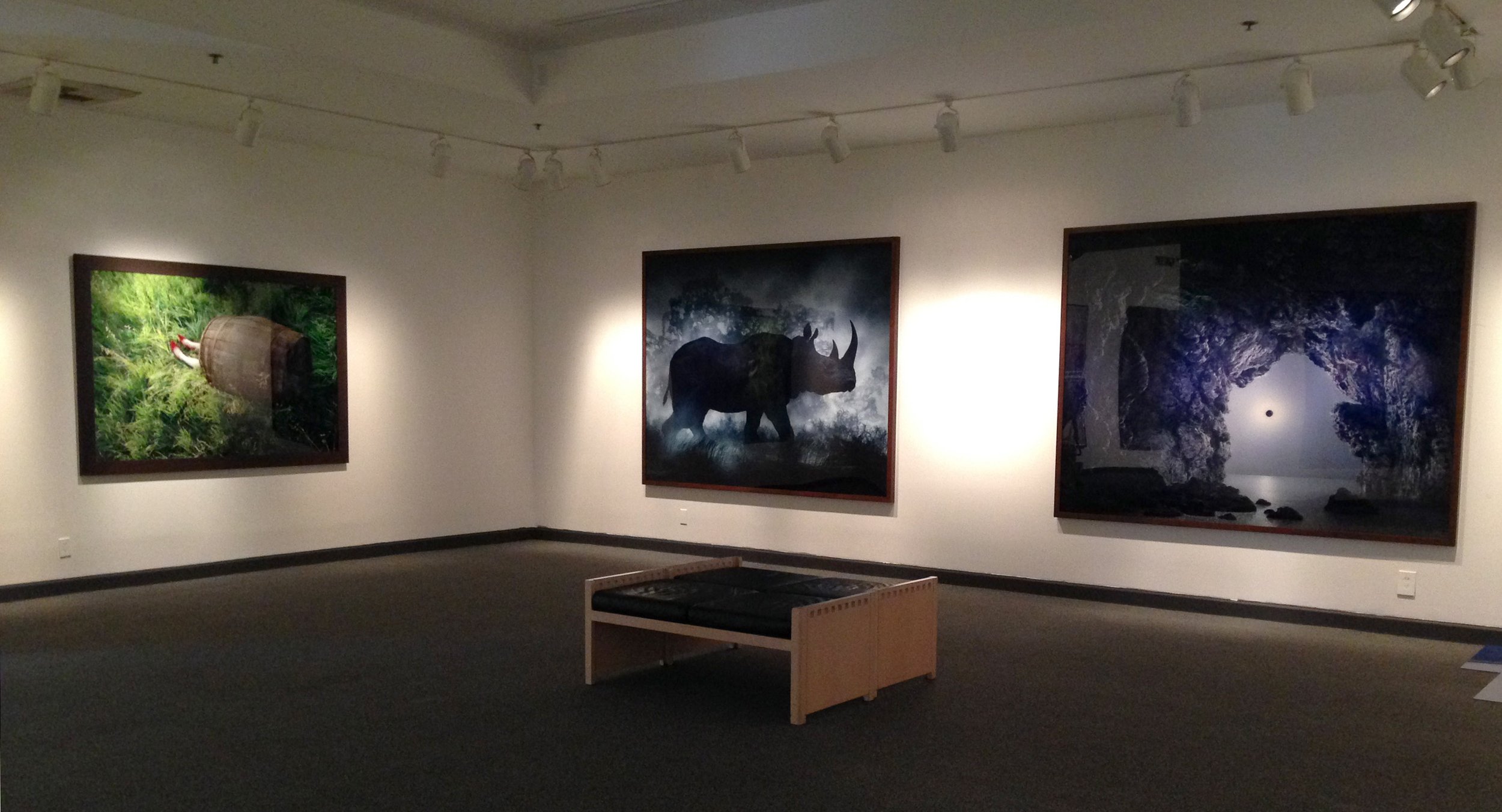
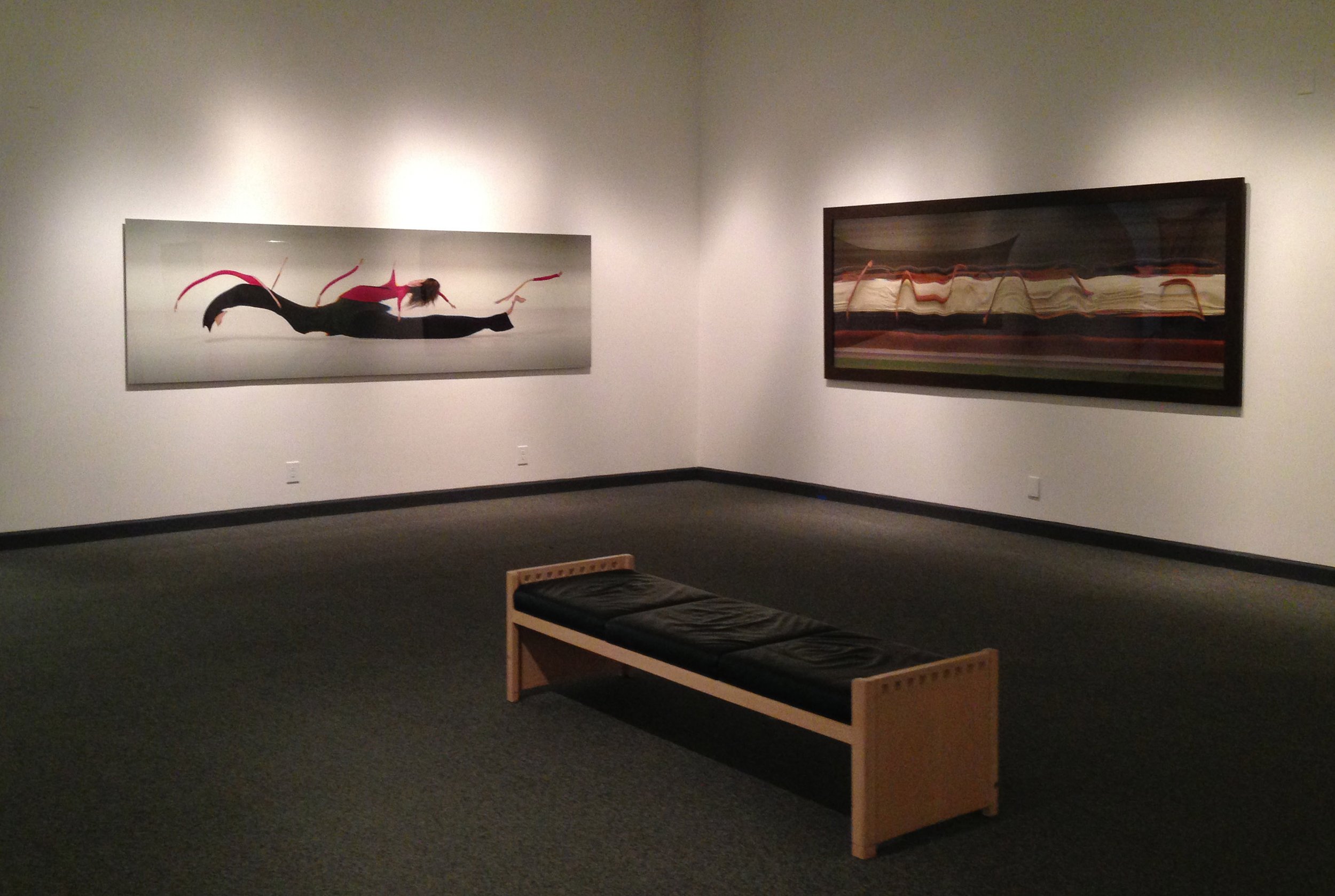
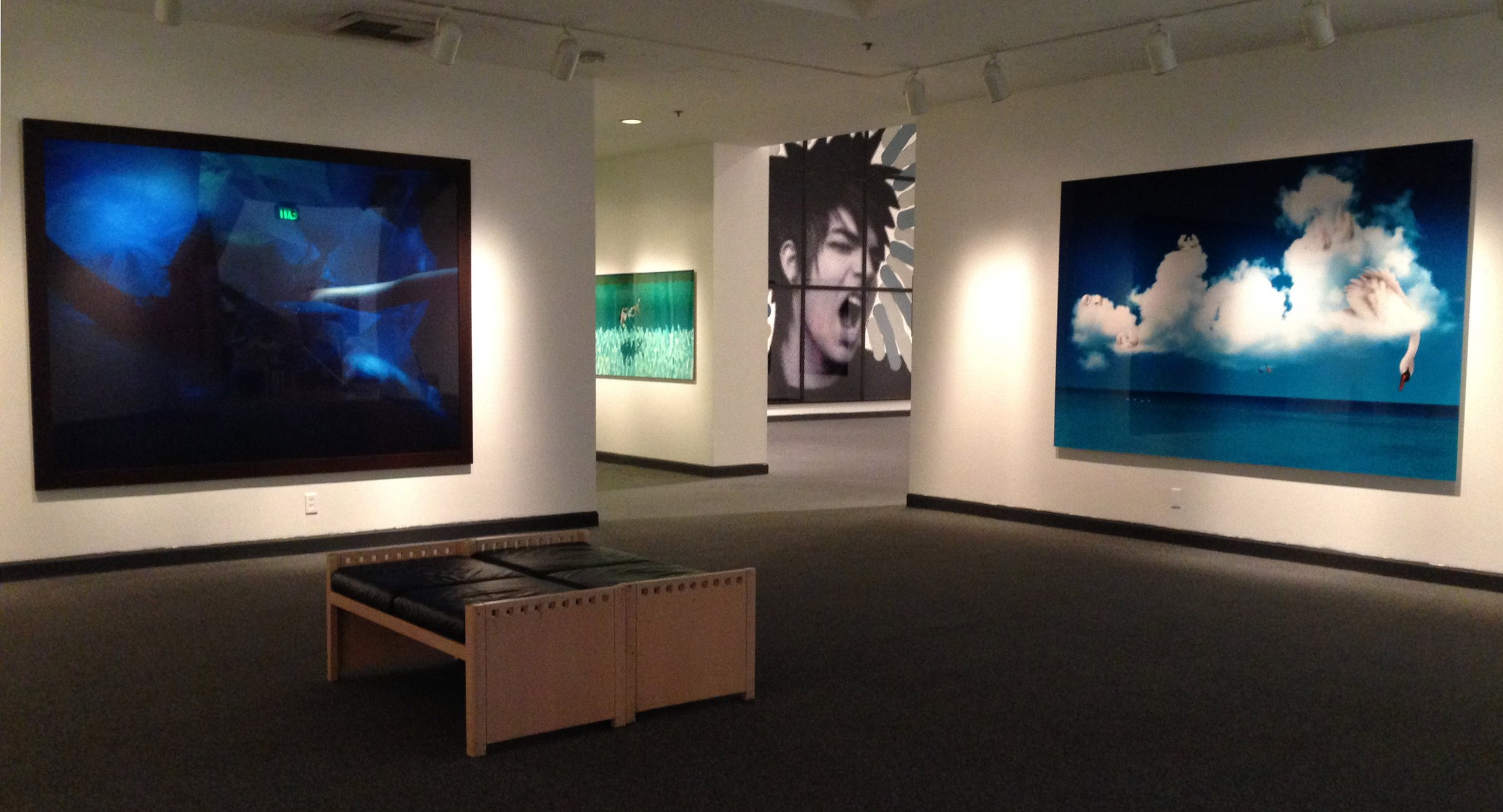
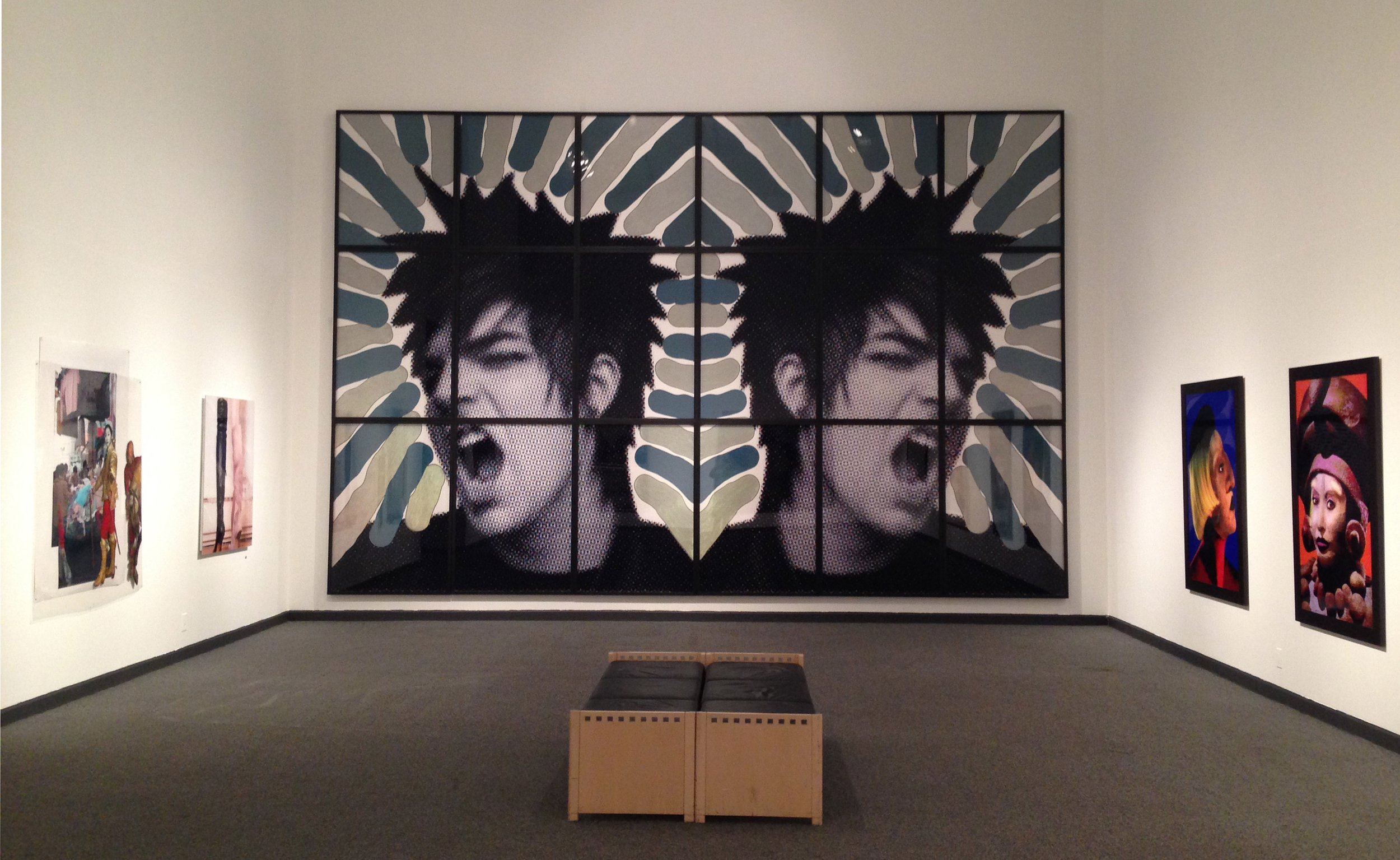
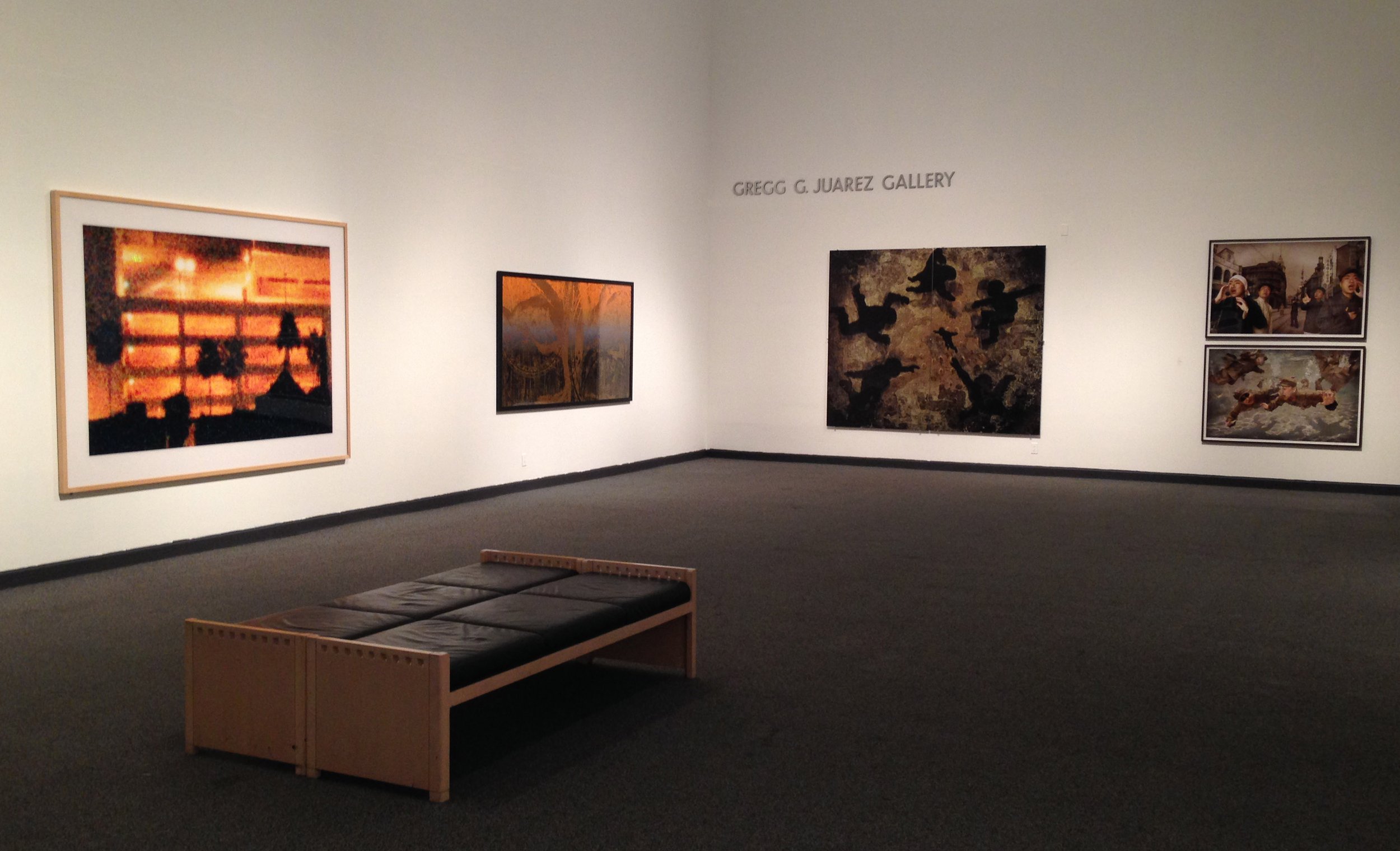
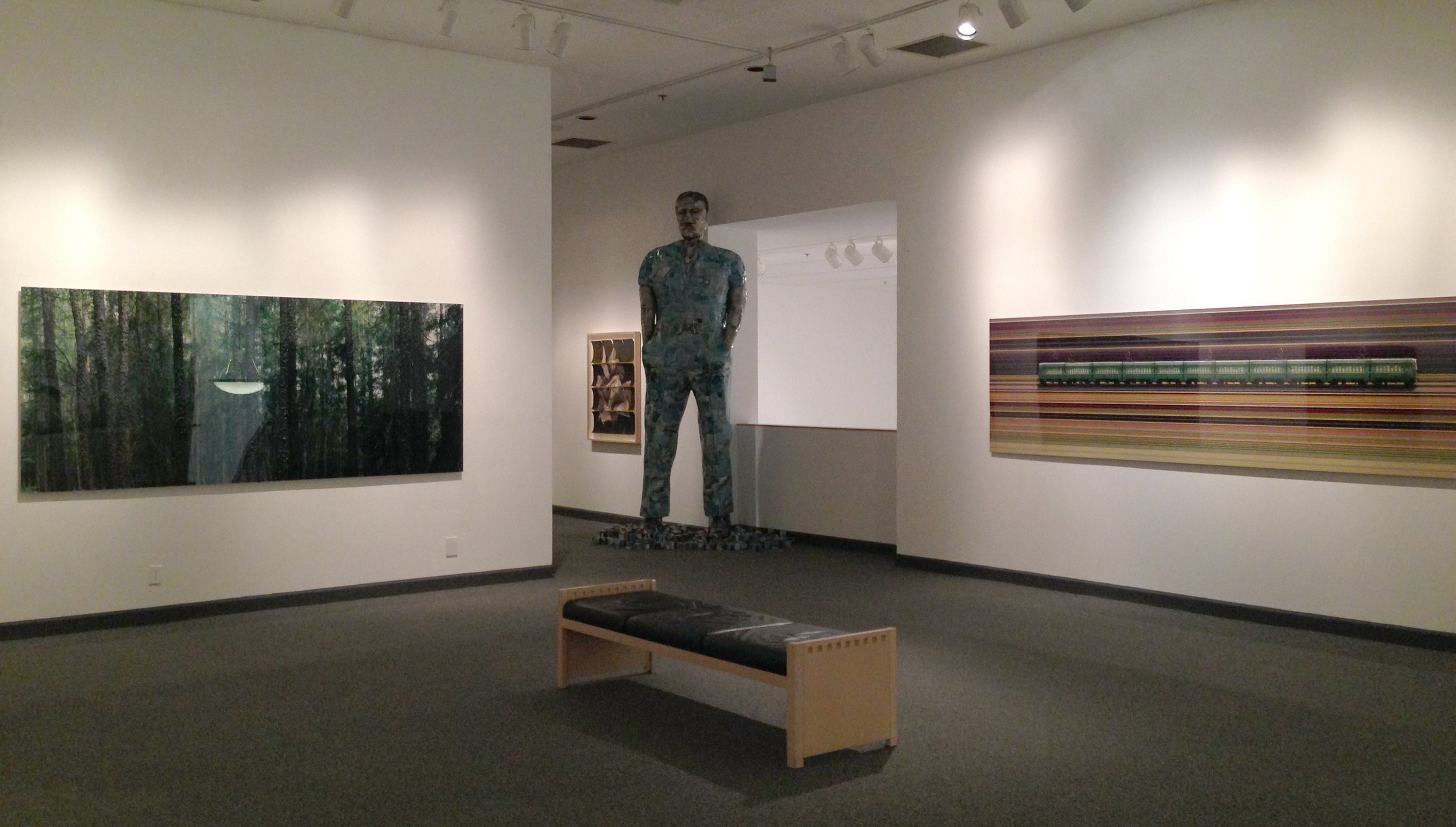
Date: August 30, 2016 – December 4, 2016
Curated By: Billie Milam Weisman
Venue: Pepperdine University, Frederick R. Weisman Museum of Art
24255 Pacific Coast Hwy, Malibu, CA 90263
(310) 506-4851
Exhibited Artists:
M.A. Alford, Joon-Sung Bae, Brian Bress, Clegg & Guttman, Dawn Dedeaux, Yannick Demmerle, David Hockney, Jay Mark Johnson, Srdjan Loncar, Renee Lotenero, Didier Massard, Florian Merkel, Orlan, Melanie Pullen, Jessica Rath, Thomas Ruff, Paul Rusconi, Han Christian Schink, Annalies Strba, Christopher Taggart, Nicole Tran Ba Vang, Andy Warhol, Marijke van Warmerdam, and John Waters.
Altered Reality: Selections from the Frederick R. Weisman Art Foundation
In the early 20th century, painting and photography were regarded as vastly different art forms, with photography seen as a “mechanical” process that had little to do with fine art. Over the course of the 20th century, however, the relation between painting and photography has grown, and mechanical reproduction itself has expanded into the realm of digitally altered and generated images. With the aid of computers, the interaction between photography and traditional art forms is one of the most dynamic areas of art happening today.
The work of Andy Warhol is perhaps the most important of mid 20th century attempts to bridge the gap between painting and photography. He was one of the first to make mechanical reproduction into a central and integral part of his painting process. He based many of his paintings directly on photographs, and used photographic negatives in his innovative silk-screening process. In his work, the process is more important than the subject.
One of the ways that contemporary artists are changing and exploring the documentary aspect of photography is through manipulating the process of taking the photo, printing and developing. They intervene in the time a photograph is taken and the final result, often using computer programs to add or change aspects of the image. Thomas Ruff, Hans Christian Schink, and Annelies Strba manipulate the development of the negative or adjust the focus of the lens deliberately to produce blurry, grainy, or atmospheric effects, imparting a sense of mystery to the “reality" captured by the camera. Jay Mark Johnson brings his experience in the visual effects of filmmaking to his timeline photographs. He uses a specially modified camera to capture the reality of movement rather than a static scene.
Yannick Demmerle and Melanie Pullen have pushed “straight” photography into the realm of painting and cinema; the images the camera captures are elaborate and absorbing visual environments reminiscent of painterly tableaux. Demmerle records scenes from nature, while Pullen stages elaborate cinematic scenarios before taking the picture. They attempt to fuse a handmade object with computer generated culture. Didier Massard creates landscapes directly from his imagination, painstakingly constructing scenes in his studio, and Orlan goes a step further and reconstructs her own image in different fantastical guises, which are then captured in photographs. Paul Rusconi uses photographs as "working drawings for paintings…an essential tool for breaking apart light and shadow."
Renee Lotenero and Jessica Rath are known for their work in environmental installations, painting and sculpture. They have used photography to document their projects or to show different facets of their artistic production. Rath’s use of photography records an ephemeral sculptural event that is no longer extant where the photo document has become a memory. Dawn Dedeaux uses digital drawings on metal to speak of a lost connection to nature.
Other artists have taken up the status of the photograph as document to explore more conceptual questions about the “reality” captured in the photographic image. They intervene in the idea that there is a one-to-one correspondence between image and world, and instead seek to expand the referential possibilities of the medium. David Hockney, Christopher Taggart, and Srdjan Loncar literally deconstruct photographic reality into multiple fragments, to question the notion that there is one single world that is simply captured by the camera. These artists treat the documentary photo as a kind of pixel, or cell – an elementary unit or simple building block for constructing larger wholes, not for capturing the “whole” world.
